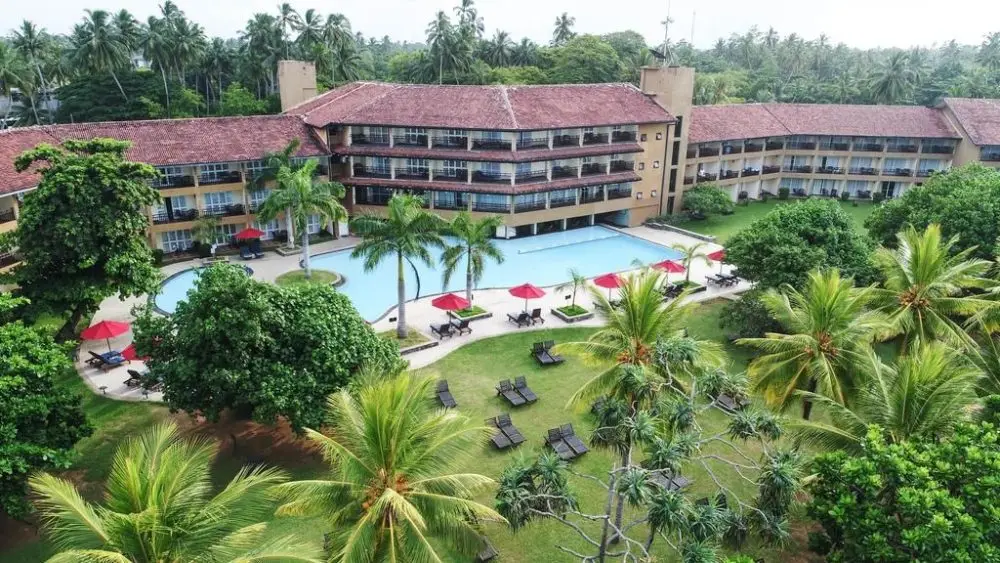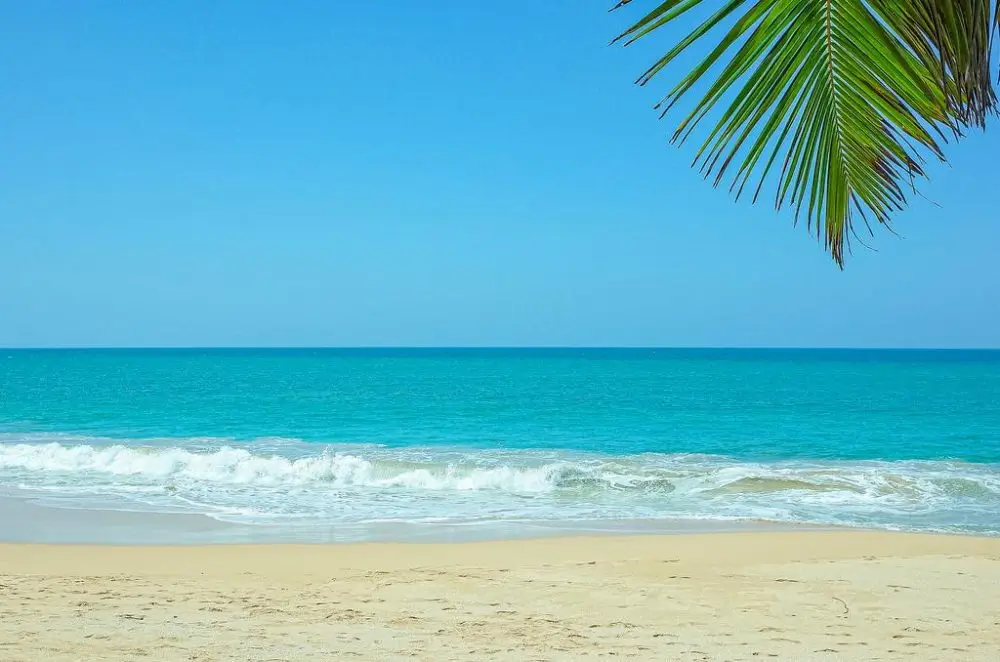Exotic Sri Lanka, rich in natural contrasts, attracts tourists all year round. But before planning a trip, it is necessary to determine exactly when to go to Sri Lanka. The country has two monsoon periods affecting different parts of the island. The weather on the west and east coasts can vary significantly at the same time of year.
To ensure a comfortable vacation, it is important to consider the weather conditions, monsoon directions, seasonal activities – from surfing to whale watching. In this article, we will explore the best months to travel to the pearl of the Indian Ocean and what you can include in your itinerary depending on the time of year.

Weather in Sri Lanka by Month: Monsoons, Temperature, Precipitation
The weather is divided not into the usual four seasons, but into periods determined by monsoons. From May to September, the southwest monsoon brings rains to the west coast (Colombo, Galle, Bentota), and from October to February, the northeast monsoon affects the east and northeast of the island.
The average air temperature ranges from +26 to +32 °C, and the water temperature is around +28 °C all year round. However, to make the most of your trip, it is better to focus on directions where dry weather conditions prevail during a specific period.
When to Go to Sri Lanka Depending on the Season
The question has not one, but several correct answers. It all depends on your goals: beaches, surfing, tours with excursions, or a gastronomic route through the tea plantations in the central part of the island.
Winter: Ideal Conditions on the West and South
From December to February is an excellent time to visit the west and south coasts. The best season for a holiday in Sri Lanka on the beaches of Bentota, Unawatuna, Mirissa! The sea is calm, the water is warm, and there is practically no rainfall.
During this time, trips to the central regions – Nuwara Eliya, Kandy, where the best views of the tea plantations open up, are possible. January and February are also the whale migration season on the south coast, especially around Mirissa.
Spring: Transitional Period with Good Conditions
March and the first half of April are the best time for vacations in most regions of the island. The weather is stable, the active monsoon has not yet begun, and vacations during this period are especially popular with families with children.
April is hot but with minimal rainfall, an excellent time for excursions and beach holidays. By the end of the month, the monsoons begin to intensify, especially in the southwest, so by May, it is better to move your trip to the eastern regions.
Summer: East Coast and Surfing in the South
From June to August, the west and south of the island experience the influence of monsoons. During this time, attention should be paid to resorts on the east coast – Pasikuda, Trincomalee. Here the sea is calm, the beaches are less crowded, and the weather in the region is stable.
Summer is also the peak time for surfing on the southern coasts, especially in the Arugam Bay area, where professionals from all over the world gather. Despite brief rainfall, active types of recreation remain available in the summer: surfing, yoga retreats, and sightseeing tours. So, if you are considering when to go to Sri Lanka and value energy, waves, and a vibrant rhythm, summer is ideal!
Autumn: Green Phase with Off-Peak Advantages
Autumn months mark the transition between the wet and dry seasons. September, October, and the first half of November are characterized by active nature restoration: the island is once again covered in bright greenery, and the air is filled with freshness after the rains.
During this time, the monsoon gradually retreats from the west coast, but rainfall may still persist in the east. The central part of the country is particularly impressive – tea plantations, picturesque waterfalls, parks with rare animals, and historical monuments are accessible without heat and tourist crowds. By the end of November, the climate evens out, and the south of the island becomes comfortable again for relaxation and inclusion in the itinerary.
When Not to Fly: Times with High Humidity
There are periods when the trip may not be as comfortable. Below are the months with a high probability of rainfall and storms.
- May – the beginning of the southwest monsoon, frequent rains in the west;
- September – unstable weather, especially in southern regions;
- October – high waves, swimming difficulties;
- East in December – rains and storms due to the northeast monsoon;
- South in June – rains and storm warnings.
Taking into account the climatic features, you can avoid unpleasant surprises and choose a truly comfortable period. Understanding when to go to Sri Lanka allows you to plan your route in advance, focusing on the weather, the purpose of the trip, and the regional differences of the island.
Vacation in Sri Lanka: Choosing by Weather and Months
The optimal time for a trip depends on the type of activity. Below are recommendations for seasons and interests:
- Winter – ideal for beaches, culinary tours, and whale watching;
- Spring – time for rich excursions and visits to tea plantations;
- Summer – eastern resorts, surfing, nature;
- Autumn – cultural trips and festivals, reduced prices for tours to Sri Lanka.
This selection allows you to plan a trip taking into account weather conditions and the seasonality of experiences.
When to Go to Sri Lanka: An Island Open All Year Round
Despite its climatic specificity, the country off the southern coast of India is considered a year-round destination. The main thing is to consider the direction of the monsoons and regional differences to make the most of your vacation.

If you are wondering when to go to Sri Lanka, then focus on the purpose of your trip. Winter months are suitable for beach lovers, summer for surfers, and spring and autumn for nature and gastronomy enthusiasts.
A clear understanding of the weather conditions will help you avoid mistakes and make your journey rich and comfortable!
 en
en  ru
ru  de
de  nl
nl  ar
ar  es
es  fr
fr  hi
hi  it
it  pt
pt  el
el 










